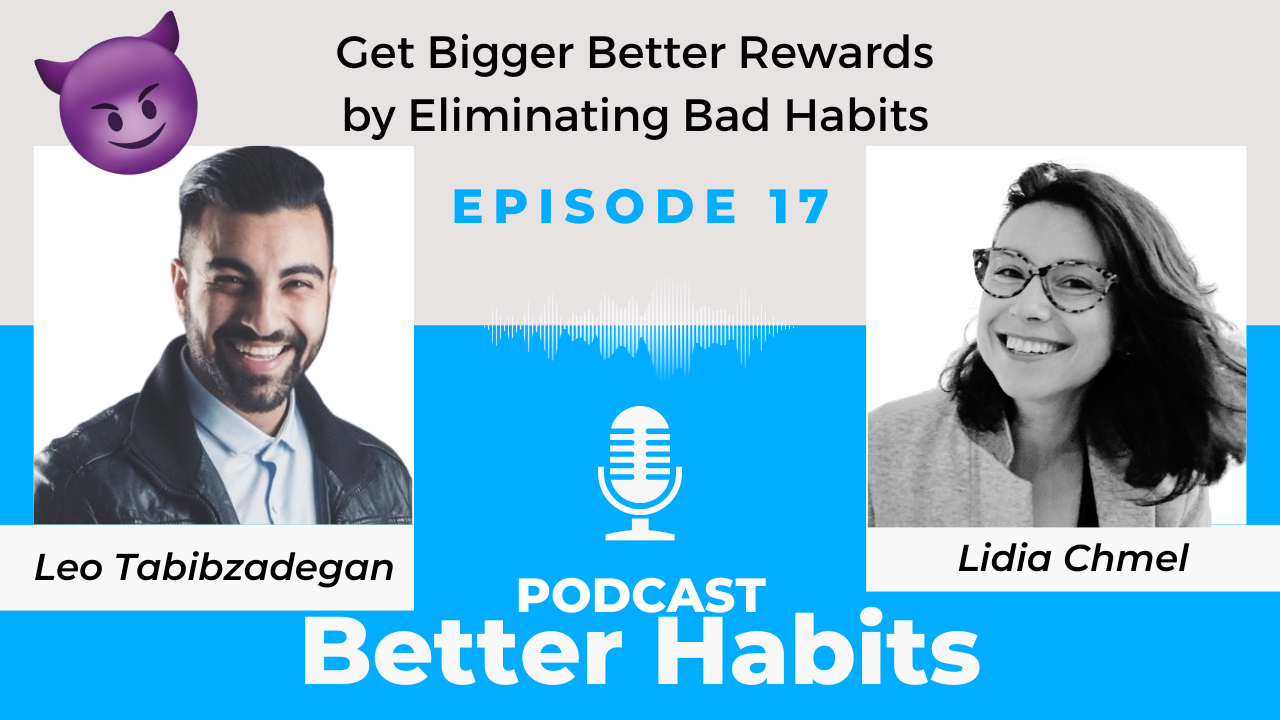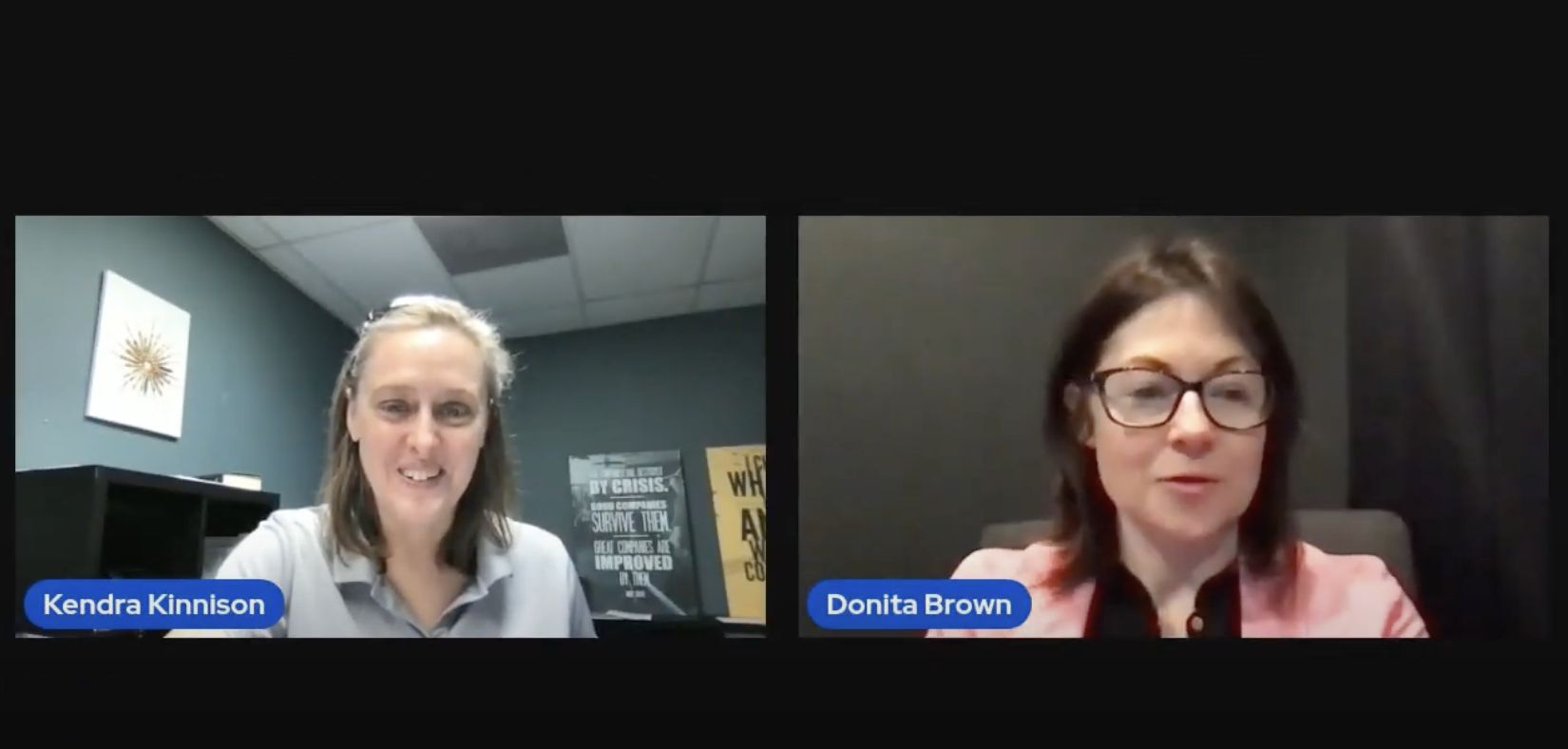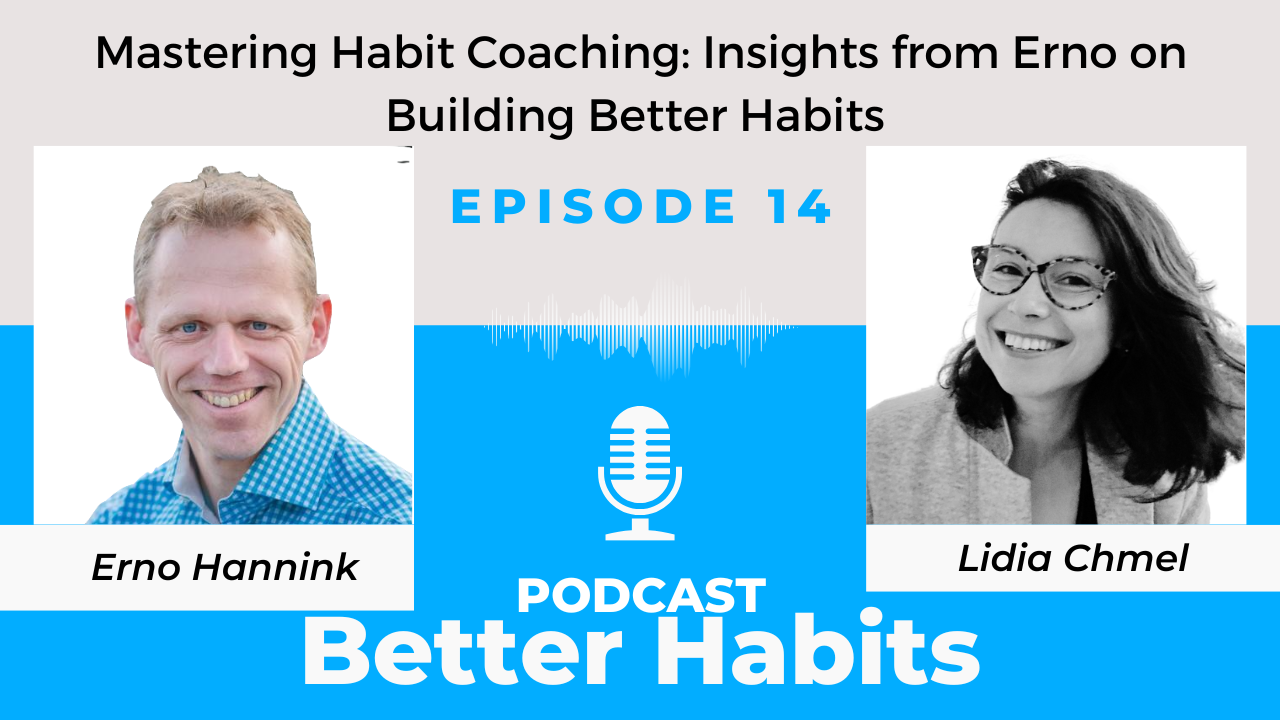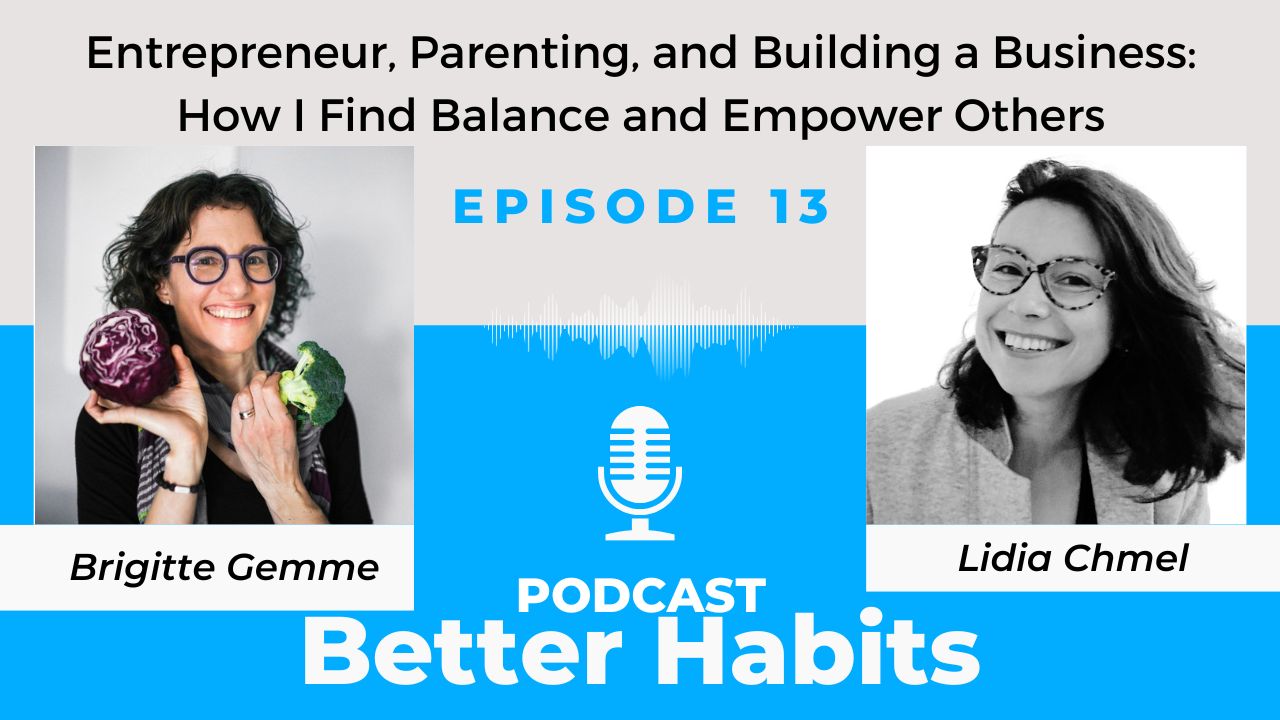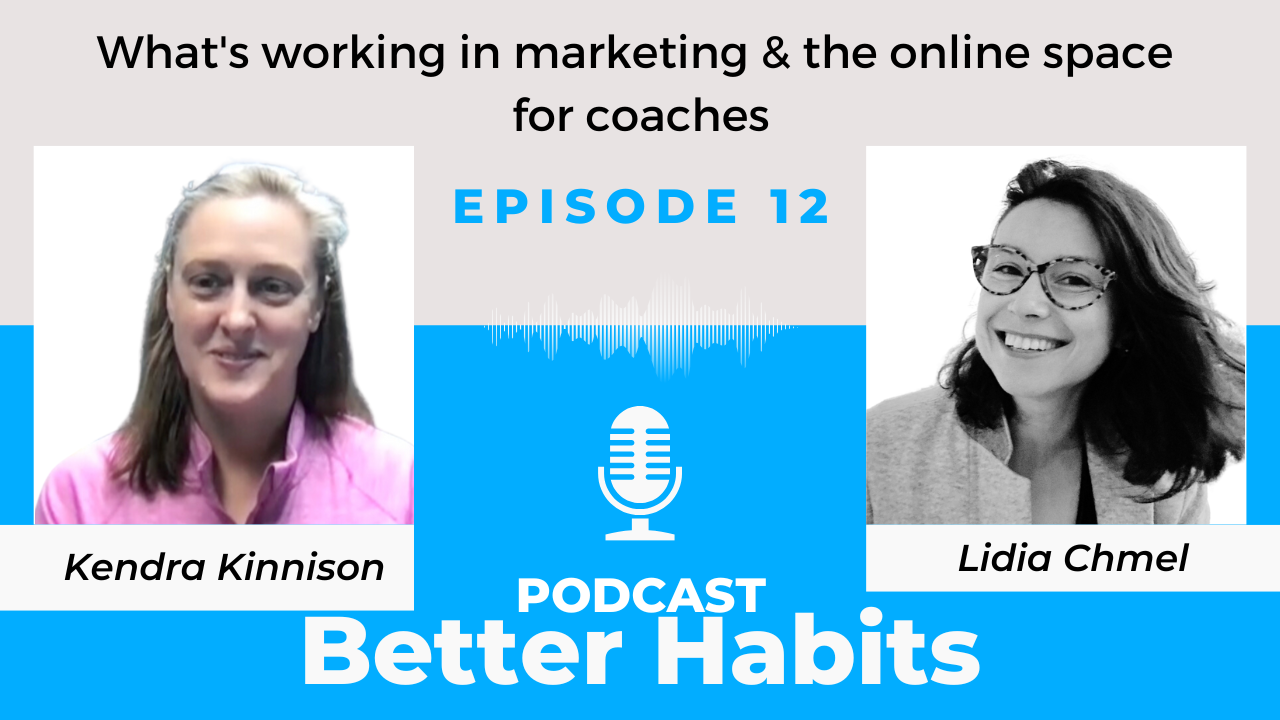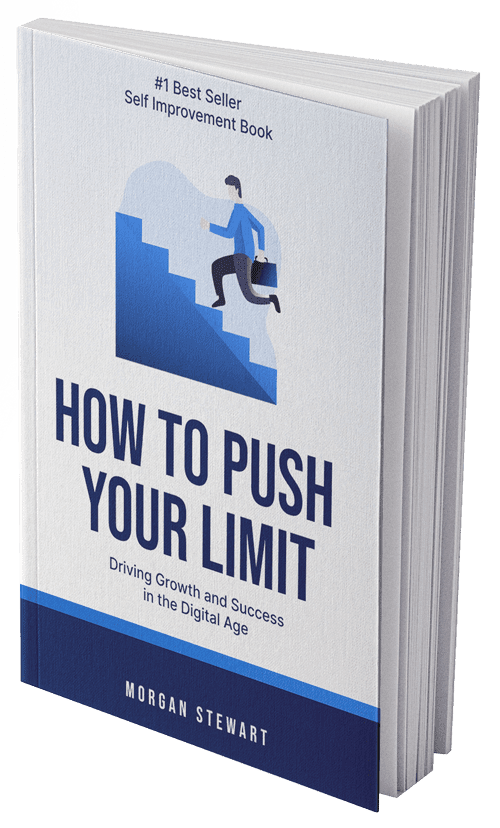There’s one habit that does more for productivity than any other. It’s the keystone habit for people who get *stuff* done.
Elite performers are consistent about setting priorities, smart about setting the right priorities, and disciplined about following through on their priorities.
This is true for CEOs and Olympians alike.
We talked to coach Zach Hammer about what the process looks like if you want to treat setting priorities as a skill. (BTW, he’s also my coach right now and I’ve had two of the most productive weeks of my life).
Zach has spots for a handful of new clients, i.e. you!
Use the promo code PRIORITY for one free week and sign up for him today.
“Productivity starts before you cross off tasks on your to-do list. ” – Coach Zach Hammer
Here are 6 great tips from Zach on how to set priorities so that you start working more effectively:
#1. Define your greatest priority
Singling out your most important goal is the most important thing you can do to be more productive. It gives you something to judge your daily tasks against and assess whether they are urgent, important, not urgent, or not important.
Without a pillar you can easily get sucked into the thrill of checking off superficial items on your to do list. Decide your most important goal, then prioritize tasks that help you move closer to that goal, no matter what.
#2. Manage the Scope
Small tasks are easier to start and accomplish than big ones. Defining your work into small tasks also forces you to define specific, clear actions to take to achieve your goals. It’s easier to start a project and finish it when you know exactly what to do.
Methods such as Agile Software Development, Kanban, and Lean Startup have transformed productivity at work by by reducing scope, breaking down projects into manageable bites, and creating systems that let you work faster and smarter. In fact, one of 2013’s most popular TED talks was by a father who adapted Agile programming to manage his household. [1] Go ahead and do the same for your to do list.
#3. Plan more to spend less time on execution
The more time you give to planning, the less time you waste during execution. You want to design your to do list so simply that you don’t have to do much thinking when tackling any item.
Invest a couple more minutes of time when writing items on your to do list to make sure they’re written as a concrete action. For example, “Organize a party” could involve all sorts of tasks. “Invite these people to my house on Friday: Eric, Josie, Rick, Carl, Jess, Nancy, and Sandy” is clear and easy to do.
#4. Say No
A lot of people compete for your time every day: your coworkers, family, friends, people who advertise to you on the street or over the phone. They push their priorities, not yours. Having a top priority is the secret to saying no. It gives you a backbone, clarity, and in many cases, a socially acceptable excuse to say no when you need to.
Tim Ferriss outlined some other great tips to help you say no and focus on your number one priority:
- Do not answer calls from unrecognized phone numbers
- Do not e-mail first thinking in the morning or last thing at night
- Do not over-communicate with low-profit, high-maintenance customers [1]
#5. Commit and be consistent
Most productivity methods will work with a bit of tweaking. But choosing a productivity method, find the right tools, and learning the best practices and shortcuts that will help you take advantage of them can be overwhelming. This is where coaching is extremely helpful. Zach can suggest the systems and tools that will work best in your situation and help you personalize the system so that it works for you.
#6. Use an anchor
Playing off of the last point: creating the habit of setting priorities is crucial to staying consistent and seeing success. Make it easier to build the habit by anchoring it to a something you already do every day. Tiny Habits® has a great framework for building small habits using anchor habits. [2] Try it by filling out this sentence:
After I _____, I will _______.
Go fill it out right now. Here are some examples:
After I plug my computer in at work, I will write down the number one priority to accomplish today.
After I sign off from Slack at work, I will write down the top 3 tasks I want to accomplish tomorrow.
[1] https://www.ted.com/talks/bruce_feiler_agile_programming_for_your_family?language=en
[2] http://fourhourworkweek.com/2007/08/16/the-not-to-do-list-9-habits-to-stop-now/
[2] https://medium.com/@tonystubblebine/a-sample-digital-coaching-methodology-tiny-habits-cac1908eab18

